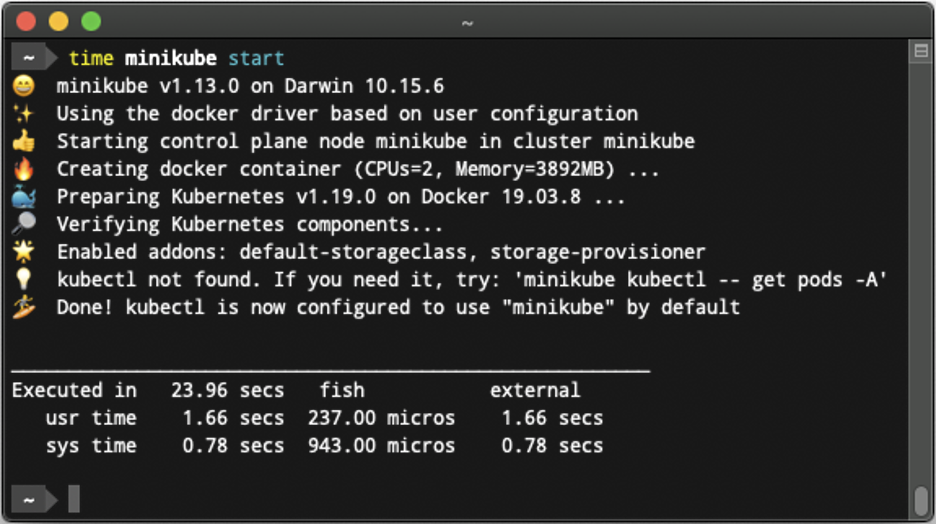

- Getting started with docker and kubernetes code#
- Getting started with docker and kubernetes plus#
- Getting started with docker and kubernetes windows#
Getting started with docker and kubernetes code#
The code for all these components is in our Example Voting App repo on GitHub. Open up different browsers to add in additional votes if you want. On localhost:5001 you can see the results of the vote. You can vote for cats or dogs, whichever you like better. A results page running in Node.js that draws from the database.A worker that goes into the redis instance, pulls out data and pushes it into the database.

A redis instance to store key value pairs.A voting page in Flask that pushing results to redis.So what happened? With the simple compose file format you created a application that has 5 components: You can run this a few times until all the replicas say 1/1.
Getting started with docker and kubernetes plus#
All with a name vote_ plus something like vote_db. This will show you the 5 services, all with 1 replica. Then, from the command line in the same directory as that file, type the following commands. Give it a try with a few simple steps.įirst, copy the contents of this file into a file called docker-stack-simple.yml. Swarm uses the Docker command line or the Docker Compose file format with a few additions. Managers run the swarm cluster, making sure nodes can communicate with each other, allocate applications to different nodes, and handle a variety of other tasks in the cluster. Swarm mode uses managers and workers to run your applications. After joining a swarm, they are referred to as nodes. The machines in a swarm can be physical or virtual. After that has happened, you continue to run the Docker commands you’re used to, but now they are executed on a cluster by a swarm manager. Docker Desktop is the easiest way to get started with either Swarm or Kubernetes.Ī swarm is a group of machines that are running Docker and joined into a cluster. If you've read anything about Docker, you have probably heard of Kubernetes and Docker swarm mode. While it is easy to run an application in isolation on a single machine, orchestration allows you to coordinate multiple machines to manage an application, with features like replication, encryption, load balancing, service discovery and more.
Getting started with docker and kubernetes windows#
Swarm does support Windows containers, but they are much bigger and will take longer to pull. At the command line, typeīefore you start this section, make sure you’re using Linux containers. To run it, open a command line and navigate to the same directory as the docker-compose.yml file. There’s a lot of details in there but basically you can see that it specifies the images to be used, the service names, application configuration, the ports available, and networks the different services are on. To try it out, open a text editor and paste the text from this file. Docker Compose handles service discovery directly, allowing the app to reference the service directly and Docker will route traffic to the right container. We’ve pushed two images to the Docker Hub under the dockersamples repo. You can check out the app in our dockersamples GitHub repo. Net Core web app running with a MySQL database. Docker Compose installs automatically with Docker Desktop.Ī multi-container app is an app that has multiple containers running and communicating with each other. Then, with a single command, you create and start all the services from your configuration. With Compose, you use a YAML file to configure your application’s services. Easily connect multiple services togetherĭocker Compose is a tool for defining and running multi-container Docker applications.


 0 kommentar(er)
0 kommentar(er)
